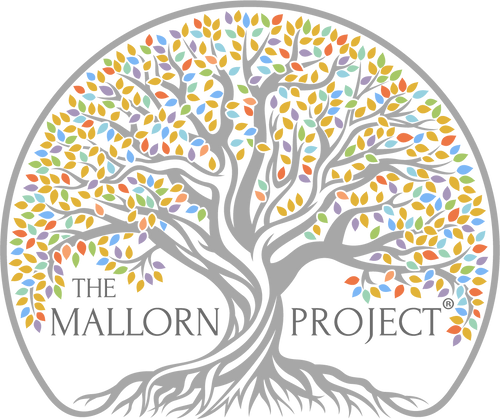The Planet’s most incredible phenomena were created by nature! They put on incredible displays of magical beauty. Today’s featured natural wonder: bioluminescent shores, aka glow-in-the-dark beaches!
WHAT IS “BIOLUMINESCENCE”?
🦑 Natural chemical process that enables water-based organisms like plankton, and land-based organisms like fireflies, to produce and emit light.
❄️ “Cold” light, meaning it generates little heat, which is why it often looks blue, whitish, or green. But it can also be yellow, red, or purple!
🌟 Water with lots of bioluminescence glows and sparkles when disturbed.
ECOSYSTEM ROLE
👀 Bioluminescence attracts mates, lures prey, and confuses predators.
☠️ Some marine bioluminescent organisms benefit their ecosystems, but others are toxic to wildlife and humans, causing skin irritation, sickness, and death!
🥀 Excessive bioluminescent algal growth can be harmless (“algal bloom”) or harmful (“harmful algal bloom” or “HAB”). HABs produce toxins or lower oxygen levels, killing water organisms. Marine HABs are often reddish-brown in daylight (“red tide”) and blue at night.
THREATS
🌡 HABs are increasing in frequency and size, partly due to climate change and human activities like nutrient pollution.
⚠️ HABs harm wildlife (like death in fish, seabirds, sea turtles, and marine mammals), the environment (like “dead zones” in water bodies), and economies (like human health, recreation, tourism, and fisheries).
🌪 These harms are worsened by natural events like winds, currents, and floods.
WHERE TO SEE
🌊 Famous glow-in-the-dark beaches include Mosquito Bay in Puerto Rico, Golfo Dulce in Costa Rica, and Luminous Lagoon in Jamaica.
📽 In the movie “Life of Pi”.


